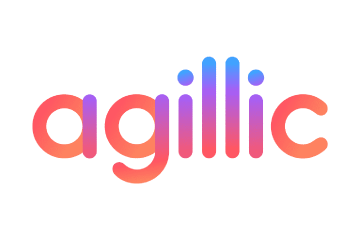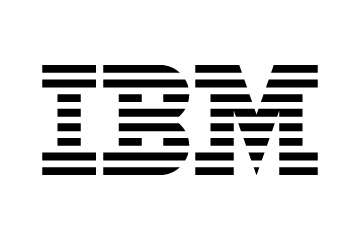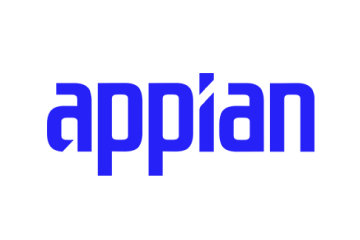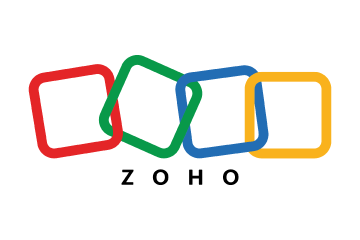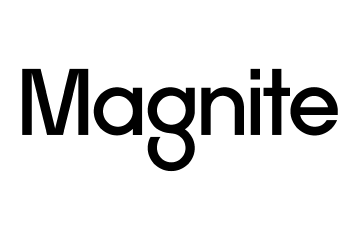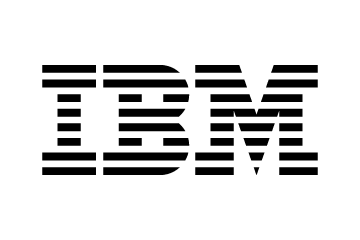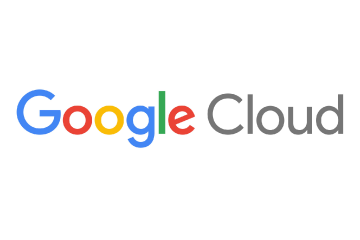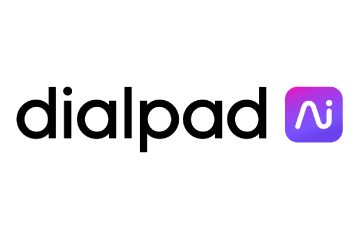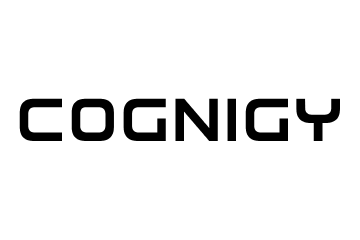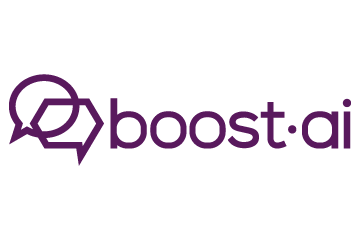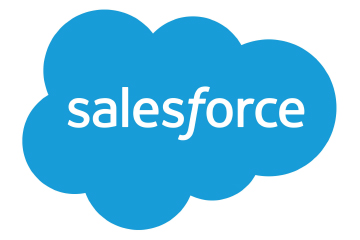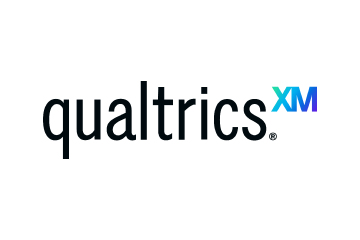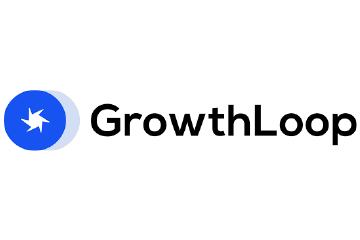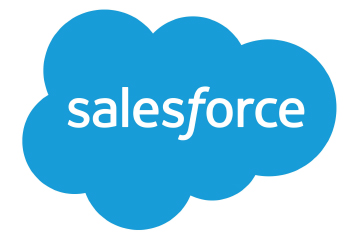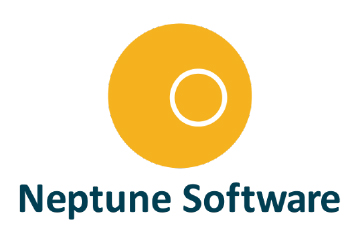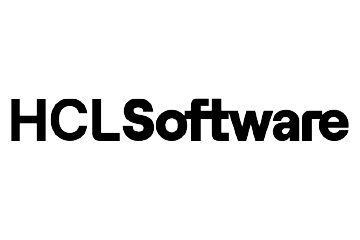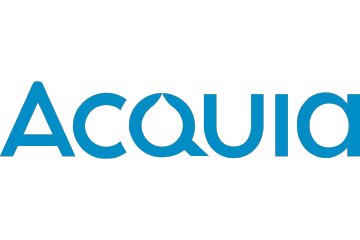Apple WWDC 25 Day 3: Context, Immersion, and Real-World Relevance
Apple’s Day 3 updates push the philosophy that marketing is no longer about interrupting attention; it’s about embedding utility—into every layer of the UX stack, from spatial computing to the wrist.
Topics
What to Read Next
- Surfside Expands Commerce Media Solution to Include In-Store Inventory
- Salesforce Signs Definitive Agreement to Acquire Qualified
- MoEngage Secures Additional $180M in Series F Funding
- KNOREX Unveils White-Label Solutions to Power Live Commerce Advertising
- Insightly Launches AI-Powered Copilot to Streamline CRM Workflows
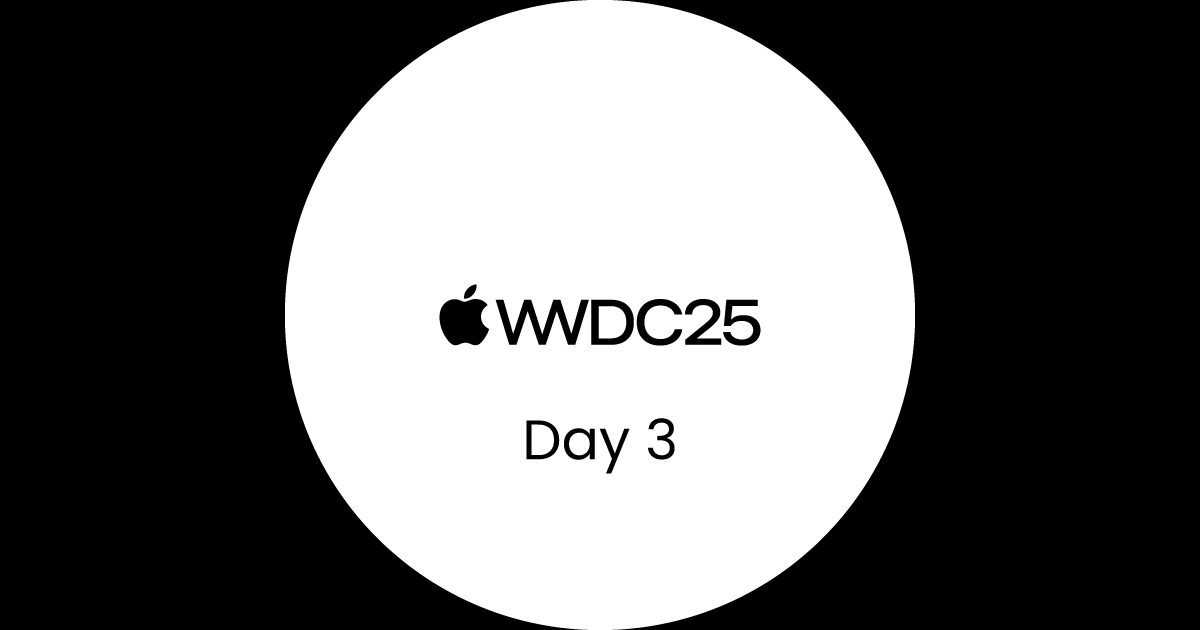
Day 3 of Apple’s WWDC 2025 showed that Apple is leaning into a future where brand engagement happens in-context, in 3D, and in real-time. The updates weren’t about new channels—they were about making existing surfaces smarter, more relevant, and more useful to marketers across sectors.
visionOS emerged as a major opportunity area. Apple announced expanded APIs that now let brands create fully immersive moments on Apple Vision Pro. Features like Window Follow Mode and Camera Region Views allow apps to anchor 3D content into the customer’s physical environment. For marketers, this is more than a UI upgrade.
A travel brand, for example, can now let customers preview a resort in spatial reality before booking. A fitness app can offer guided meditations in an immersive landscape. A beauty brand can create AR-based tutorials that respond to customer gestures. These aren’t gimmicks: they’re high-trust, high-impact storytelling surfaces.
More importantly, visionOS now supports secure enterprise-grade flows. Marketers can build VIP-only previews, interactive tutorials, or immersive onboarding without compromising data security. In regions like the Middle East, where premium experiences and trust are critical, this is a big unlock.
Apple also introduced upgrades to Maps APIs that help marketers personalise at the hyperlocal level. Apps can now pull real-world data like opening hours or reviews for any customer-specified location, even without a pre-set map identifier.
Whether a customer types an address, clicks a photo with geotags, or checks into a venue, marketers can now deliver relevant content tied to that location in real time.
ALSO READ: Now Android Users Can Enjoy Spatial Audio On Apple Music
This matters in industries like quick commerce, retail, travel, and events, where proximity influences action. Combined with Apple’s new universal Maps URLs and immersive Look Around previews, marketers can now fluidly bridge physical and digital discovery across the web, iOS, and even Android.
watchOS 26 also got a marketing-worthy makeover. The new update lets apps show up in the Smart Stack only when contextually appropriate. That means surf reports appear when near a beach, hydration nudges after a workout, or a reminder to apply sunscreen when UV levels spike.
Apple has also added Push Notification Updates for Watch widgets, turning them into real-time interactive surfaces. Marketers can push flash sale alerts, appointment nudges, or loyalty points directly onto the wrist, without requiring app opens.
And with the updated Map capabilities now available on Apple Watch, customers can get local navigation on the go. For marketers, this means location-based engagement doesn’t stop at the phone. It continues on the most personal device customers own.
Even iPadOS got a lift that supports more fluid experiences. The new adaptive navigation and multitasking system lets apps reflow layouts based on context. Whether your app is full-screen, in split view, or floating, Apple ensures it feels intuitive. This helps commerce, productivity, and media brands build seamless journeys that adapt to customer behaviour, not the other way around.
The thread across all these updates is simple: Marketing is no longer about interrupting attention. It’s about embedding utility. The best brand moments feel native, timely, and personal.
Apple’s Day 3 updates push that philosophy into every layer of the UX stack, from spatial computing to the wrist, from the street corner to the floating window.
ALSO READ: Oracle Adds Agent Service to Cloud CX for Utilities
















